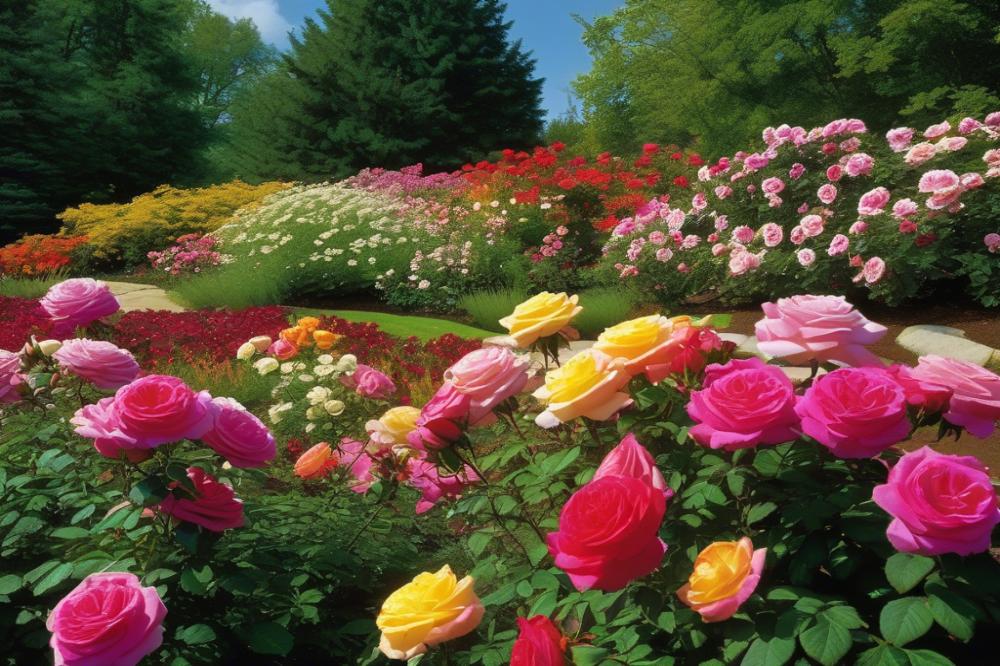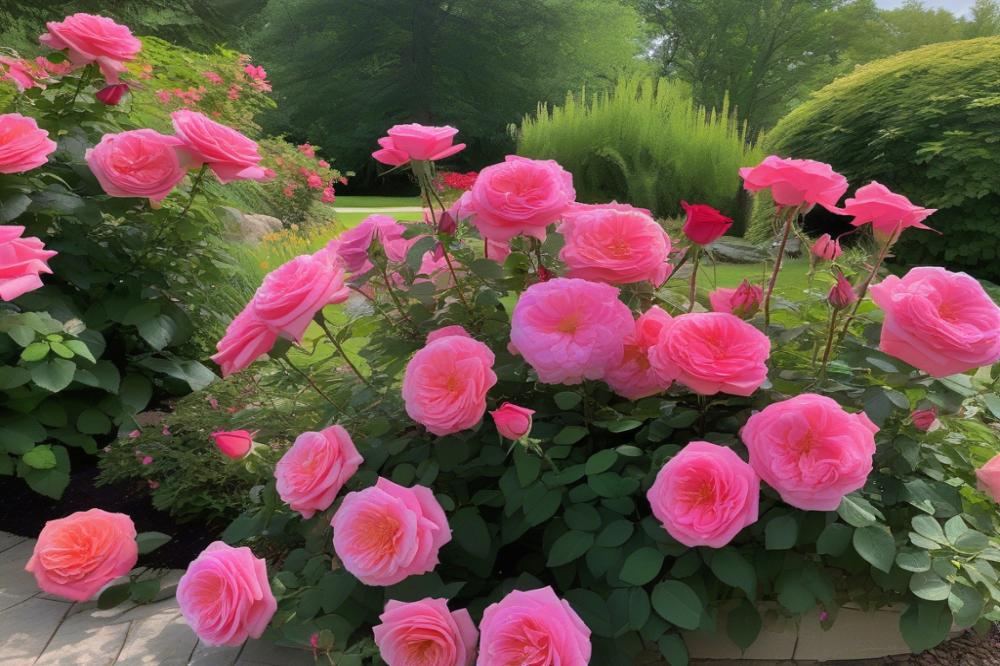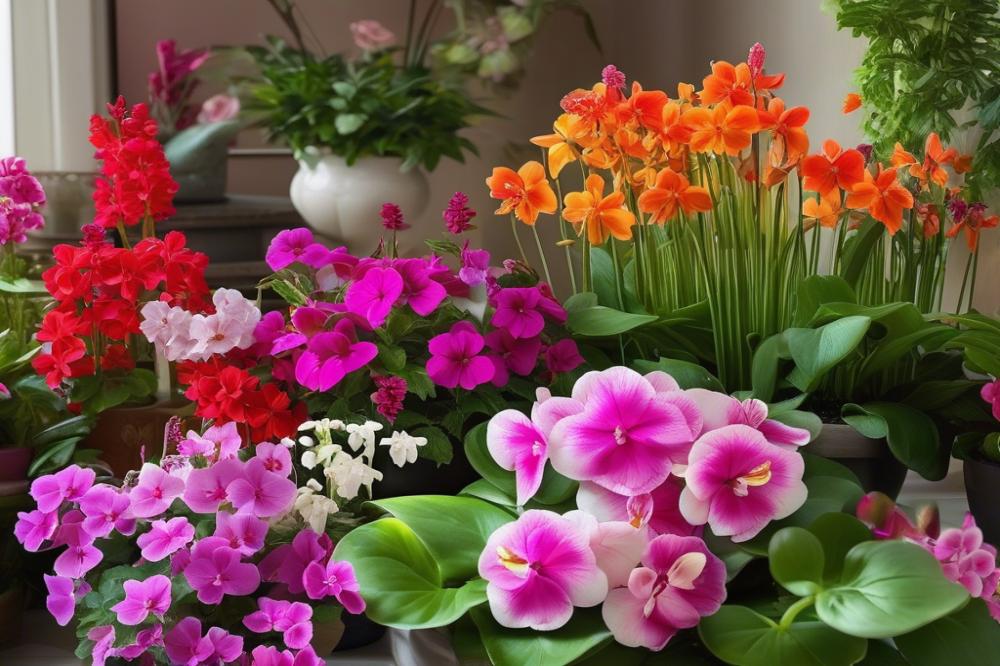Introduction
Overview of Prairie Rose and Its Appeal in Gardening
Gardening can be a rewarding experience, especially when focusing on native plants. One particular favorite among gardeners is the Prairie Rose. These shrubs not only produce beautiful blooms but also attract pollinators, enhancing any garden’s ecosystem. Their vibrant flowers make a striking addition to any landscape, appealing to both seasoned horticulturists and casual gardeners alike.
Importance of Growing native plants
Embracing native plants is vital for local biodiversity. By opting for these species, gardeners contribute to the preservation of regional ecosystems. Native plants often require less water and care, which aligns well with sustainable gardening practices. When native roses thrive in your garden, they reflect the natural beauty of the landscape. This helps create a harmonious environment that benefits both plants and animals.
Benefits of Prairie Rose Varieties in Landscape Design
Integration of this plant into landscape design offers numerous advantages. For instance, roses adapt well to different soil types, making them versatile for various gardening styles. They also provide seasonal beauty, as their flowering season can be extended with proper care. With appropriate pruning techniques, these roses maintain shape and health, enhancing their visual appeal. Choosing drought-resistant varieties means less frequent watering, supporting water conservation efforts.
Gardeners can practice effective pest management to protect these wonderful plants. Utilizing organic methods promotes a healthier garden without harmful chemicals. When planting roses, consider their growth habits and cold hardiness to ensure they flourish in your climate. These strategies, combined with rose care, will lead to a stunning, sustainable, and vibrant garden that truly celebrates the natural beauty of your surroundings.
Understanding Prairie Rose Varieties

When it comes to prairie roses, they offer an array of charming varieties. Some of the most common include the ‘Rosa arkansana’ and ‘Rosa carolina’. These native plants not only add beauty to gardens but also provide habitat for local wildlife. Different types have distinct traits, making them suitable for various landscape needs.
Characteristic features of these roses vary widely. For instance, the ‘Rosa arkansana’ flowers in vibrant hues, appealing to butterflies and bees alike. Meanwhile, the ‘Rosa carolina’ showcases its delicate pink blooms, which often give a gentle pop of color to any setting. Their drought-resistant qualities mean less worry during dry spells. Additionally, they thrive under a range of soil requirements, making them adaptable for many garden types.
Prairie roses are notably cold hardy, able to withstand harsh winter conditions. This resilience allows gardeners in diverse climates to include them in their landscape design successfully. Planting roses can become less of a challenge with these adaptable varieties. They need minimal maintenance once established, which is fantastic for busy gardeners.
Gardening tips for these roses focus on proper placement and care. Make sure to choose a location that receives adequate sunlight for healthy growth. Pruning techniques also play a role in ensuring vigorous blooms and a tidy appearance. Regular checks for pests will help maintain plant health and resilience.
The flowering season offers ample opportunities to enjoy these roses. Typically, blooms appear in late spring and last throughout the summer. This extended blooming period enhances any garden during its peak. Overall, understanding prairie rose varieties helps gardeners make informed choices.
Soil Requirements for Prairie Roses

Optimal soil conditions are vital when planting roses. Native plants thrive in environments that suit their needs. To nurture healthy growth, select well-draining soil. Without proper drainage, roots may rot, leading to weak plants.
Adding organic matter is essential. Compost or well-rotted manure can enhance soil quality significantly. These amendments improve soil structure, aeration, and moisture retention. They also provide necessary nutrients, which will benefit flowering season and overall plant health.
Soil pH levels play a crucial role, too. Prairie roses prefer slightly acidic to neutral soil, ideally between 6.0 and 7.0. Testing the soil can help you understand its pH. If adjustments are needed, sulfur can lower pH, while lime can raise it.
Incorporating these gardening tips can lead to thriving plants. Choosing the right location is equally important. Cold hardy varieties are best suited for regions with temperature extremes. For those interested in landscape design, these roses can create stunning visual displays with the right soil foundation.
Remember that soil conditions affect everything from growth patterns to pest management. Healthy plants are more resistant to problems. Following these guidelines enables you to grow robust and drought-resistant rose varieties. Pruning techniques will also play a role in maintaining these beautiful plants throughout their lifecycle.
Planting Prairie Roses

Choosing the right time to plant is crucial for stunning blooms. Early spring is often the best season. When the threat of frost has passed, it’s time to dive into your garden soil. This timing aligns with the flowering season, ensuring that plants establish roots before they start pushing out flowers.
Soil requirements play a significant role in the health of roses. These beauties thrive in well-drained sandy or loamy soil. If your garden has clay, consider amending it to improve drainage. A neutral to slightly acidic pH is ideal. Tests can reveal if your soil needs adjusting.
Spacing is another important factor. Crowding roses can lead to poor air circulation. Ideally, give each plant about 2 to 3 feet of space. This arrangement not only promotes healthy growth but also enhances landscape design. Adding companion plants can create a diverse native plants environment.
When planting roses, dig a hole that is about twice as wide as the root ball. This allows roots to spread freely. Place the plant so that the graft union is just above soil level. Fill the hole gently, and water thoroughly afterward. Pay attention to moisture, especially in the first few weeks after planting.
Pruning techniques come into play as future growth occurs. They are essential for shaping the plant and encouraging robust blooms. Aim to prune in early spring, just as new growth starts. Regular checks for pests will also assist in maintaining a healthy garden. Pest management should become part of your routine.
Keep in mind the benefits of drought-resistant plants. Once established, these roses can tolerate dry spells. Even with the right care, occasional watering may be necessary during heat waves. This adaptability makes them a great choice for the garden.
Overall, planting roses can be rewarding with the right approach. Enjoy the process, and don’t hesitate to experiment. Ultimately, the result will be a garden that blooms beautifully while thriving in a vibrant ecosystem.
Drought Resistance and Watering Tips

Understanding the drought-resistant qualities of Prairie Roses
Prairie roses possess remarkable drought-resistant qualities. These native plants have adapted to survive in harsh conditions. Their deep roots allow access to moisture underground. This characteristic enhances resilience in dry spells. Home gardeners can appreciate their low maintenance needs. By choosing these roses, you contribute to sustainable gardening practices. Less water means a lighter environmental impact. As such, they fit perfectly into diverse landscape designs.
Watering techniques and scheduling for optimal growth
Watering is essential, even for drought-resistant plants. Initiate a careful schedule. Deep, infrequent watering encourages strong root development. Aim to soak the soil thoroughly, but avoid waterlogging. Early mornings are the best time to water. This timing reduces evaporation and ensures moisture reaches the roots. Adjust your watering routine during the flowering season. During this time, roses may need slightly more water. Observing the plants helps determine their specific needs.
Mulching benefits to retain moisture in soil
Applying mulch offers numerous advantages. A thick layer prevents moisture evaporation from the soil. Additionally, it suppresses weeds that compete for water. Organic mulches also improve soil requirements as they break down. Choose materials like wood chips or straw for best results. Mulch becomes a protective barrier, insulating roots from temperature extremes, especially in cold hardy varieties. Regularly check the mulch layer and replenish when necessary to maintain effectiveness. This simple gardening tip can lead to healthier plants over time.
Pruning Techniques for Prairie Roses
Importance of Pruning for Plant Health and Flowering
Pruning plays a vital role in the health of your plants. Proper cutting stimulates growth and encourages blooms. Healthy plants produce better flowers each season. By removing old or damaged branches, you enhance air circulation. Strong airflow helps prevent disease. Nurturing these native plants allows them to thrive in any landscape design. When your roses are well-pruned, they become more drought-resistant. This practice also improves their overall structure and vigor.
Step-by-Step Guide on How and When to Prune
Start by knowing the best time to prune your roses. Late winter or early spring, before new growth begins, is ideal. First, gather your materials and tools; this will make the task easier. Next, remove any dead or dying branches. Cut at an angle above a bud to encourage new growth. Aim for a healthy shape by thinning out crowded branches. Maintain an open center to promote good airflow. Regularly check for pests and address any issues promptly. Repeat this pruning process annually for the best results.
Tools Required for Effective Pruning
Having the right tools makes pruning manageable. Invest in sharp pruning shears for clean cuts. Consider using loppers for thicker branches. A small saw may be necessary for larger areas. Always keep your tools clean and well-maintained. This prevents the spread of diseases among your plants. Remember to wear gloves to protect your hands. Comfort is key, so choose tools that feel right for you. With these essentials, you’ll feel ready to tackle any pruning challenge in your garden.
Pest Management Strategies
Common Pests Affecting Prairie Rose Varieties
A variety of pests can pose a threat to your beautiful roses. Aphids are tiny insects that suck the sap from plants. They can lead to wilted leaves and poor growth. Beetles are another concern, often munching on the foliage and flowers. Spider mites can cause yellowing leaves and webbing on plants. Recognizing these pests early is crucial for the health of your garden. Look closely at the plants for signs of damage. Maintaining native plants nearby can help attract beneficial insects that control these pests naturally.
Approaches to Integrated Pest Management
Integrated pest management combines different techniques for the best results. Start by monitoring your garden regularly. This helps catch problems before they escalate. Use cultural practices such as crop rotation or pruning techniques to discourage pest infestations. Planting roses in ideal soil, rich in nutrients, supports healthy growth. Healthy plants are better at resisting pests. If pests appear, consider using traps or natural predators to keep their numbers in check. Always aim for balanced approaches that are effective and environmentally friendly.
Natural and Organic Pest Control Methods
Choosing natural methods for pest control offers many benefits. Companion planting can make a real difference. For example, planting marigolds alongside your roses can deter unwanted pests. Additionally, insecticidal soap is a safe option for managing aphids. It targets soft-bodied insects without harming beneficial ones. Another effective method is introducing ladybugs, which naturally eat aphids. Remember to regularly check your plants and apply these methods as needed. By focusing on organic practices, you contribute to a healthy ecosystem. gardening tips like these not only support your roses but also promote overall biodiversity in your landscape design.
Final Thoughts on Growing Prairie Roses
Growing and maintaining prairie roses can be a rewarding experience. These flowers thrive with proper care and can add beauty to any garden. Start by choosing the right location with ample sunlight and well-drained soil. Regular watering and mulching are important to keep them healthy. Pruning will also help to promote new growth and vibrant blooms.
Incorporating native plants into your garden not only supports local wildlife but also creates a sustainable environment. Prairies are home to many species that rely on these plants. By planting them, you contribute to preserving biodiversity in your area. Your garden can become a sanctuary for pollinators and other beneficial creatures.
Remember, these roses are known for their resilience. They can withstand harsh conditions, making them a great choice for many gardeners. Their delicate beauty is matched only by their toughness. With a little effort, you can enjoy stunning blooms season after season.
Don’t hesitate to use the gardening tips mentioned throughout this article. They will guide you in nurturing your plants effectively. Join the movement toward incorporating more native varieties into landscapes. Together, we can cultivate gardens that reflect our connection to nature and enhance the world around us.



